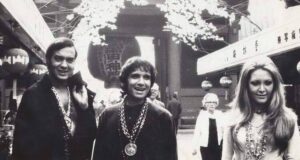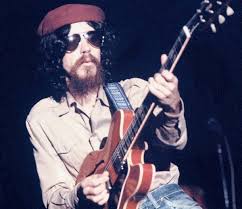 In Brazil, at a time when bossa nova predominated, rock arrived in Brazil in the late 1950s. The first genuinely Brazilian rock hits were “Banho de Lua” and “Stupido Cupido”, by singer Celly Campelo, at the beginning of that decade. decade.
In Brazil, at a time when bossa nova predominated, rock arrived in Brazil in the late 1950s. The first genuinely Brazilian rock hits were “Banho de Lua” and “Stupido Cupido”, by singer Celly Campelo, at the beginning of that decade. decade.
Still in the sixties, Jovem Guarda emerged, the first rock movement in the country and a success among a large part of the Brazilian youth. Inspired by romantic lyrics and the fast paced pattern in the USA, the genre became popular in Brazilian lands through singers such as Roberto Carlos, Erasmo Carlos and Wanderléa.
 At the end of the decade, the group Mutantes mixed rock with the diversity of Brazilian music. They were also the first to be known abroad. Decades later, they would be rediscovered and more revered internationally. At the turn of the 1970s, names such as Raul Seixas, Rita Lee and the group Secos e Molhados emerged in the Brazilian rock scene.
At the end of the decade, the group Mutantes mixed rock with the diversity of Brazilian music. They were also the first to be known abroad. Decades later, they would be rediscovered and more revered internationally. At the turn of the 1970s, names such as Raul Seixas, Rita Lee and the group Secos e Molhados emerged in the Brazilian rock scene.
In the following decade, Brazilian rock followed a path with a more urban and everyday theme. Among the main commercial highlights were bands such as Legião Urbana, which was one of the biggest rock bands of the 80s and 90s in Brazil, RPM, Ultraje a Rigor, Ira!, Titãs, Barão Vermelho, Kid Abelha, Engenheiros do Hawaii, Blitz and The Paralamas do Sucesso.
From the bowels of the Brazilian band Aborto Elétrico came the bands Capital Inicial and Legião Urbana. At the turn of that decade, the Brazilian band Sepultura – despite not being linked to the country’s rock scene – became one of the main names in heavy metal in Brazil and prominent in the world. In the 1990s, other rhythms and styles gained full space in the national media, obscuring groups that emerged in the country.